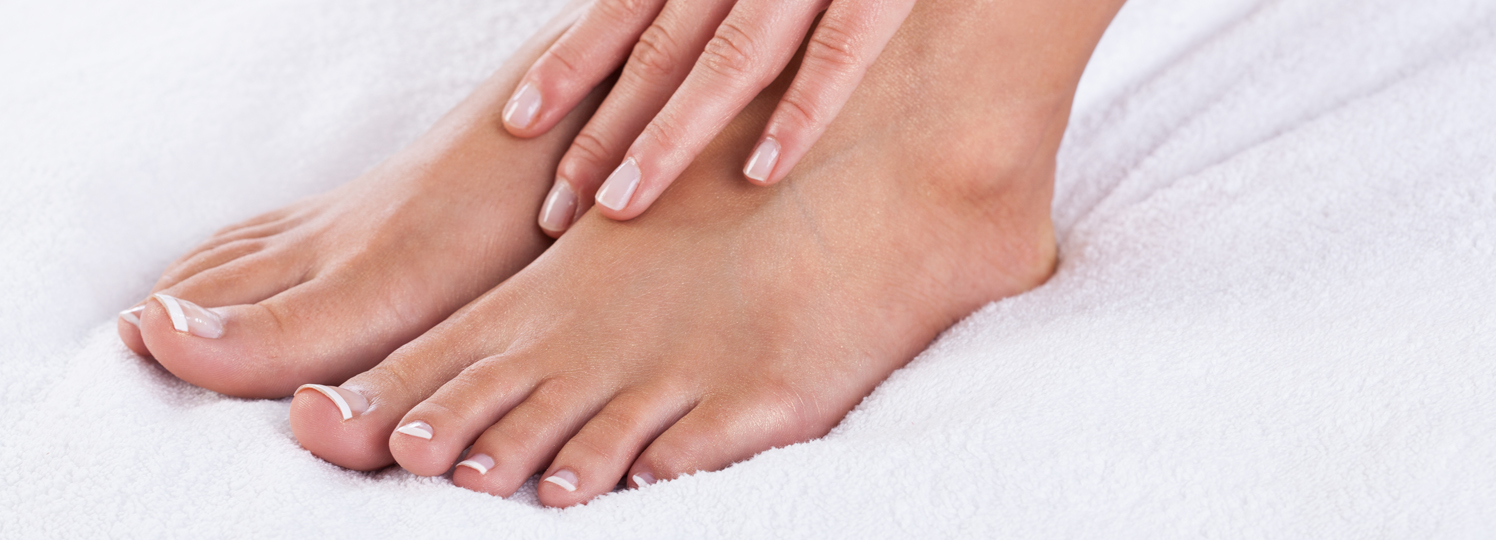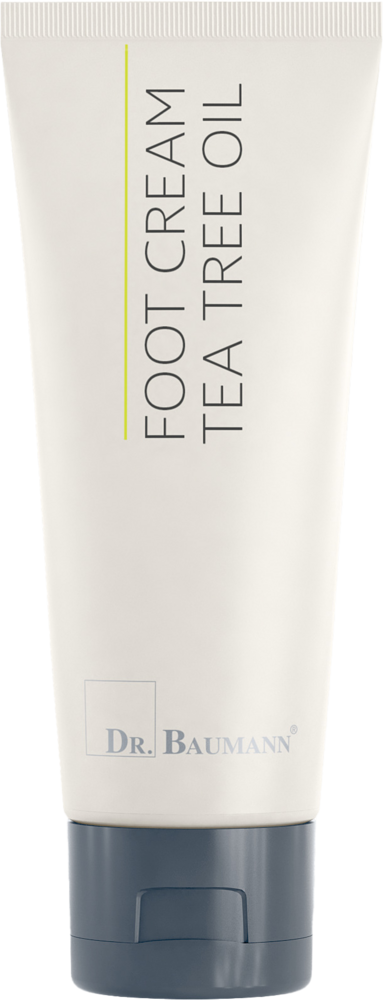

Leg and Foot Care


Leg and Foot Care
Because the feet are exposed to all kinds of stresses and strains, which can lead to athlete’s foot or odour, the skin of the feet also needs special care. In this way one can wisely prevent uncomfortable problems.
75 ml Tube
Art.-Nr. 1710
Aqua, Butyrospermum Parkii Butter, Butylene Glycol, Stearyl Alcohol, Urea, Stearic Acid, Melaleuca Alternifolia Oil, Methyl Glucose Sesquistearate, Sodium Lactate, Ceteareth-20, D-mixed-Tocopherols, Sodium Ascorbyl Phosphate, Lactic Acid, Allantoin, Xanthan Gum, Farnesol, Limonene
Aqua:
Water. It accounts for around 65% of the weight of the human body and is therefore of fundamental importance for bodily functions, including those of the skin. In many cosmetic products (aqueous solutions, cleansers, emulsions), water is the ingredient with the largest proportion of the formulation in terms of quantity and forms the basis of the aqueous phase in emulsions. Water is a good solvent for polar (hydrophilic) substances such as alcohols, water-soluble vitamins or salts. For use in cosmetic products, the water used is generally pre-treated to remove microorganisms that could lead to spoilage of the product or dissolved salts that may impair the stability of emulsions or gels (sterilization and desalination).
Butyrospermum Parkii Butter:
Shea butter: fat from the seeds of the Butyrospermum Parkii plant. It is particularly suitable for the care of dry and sun-damaged skin. The skin becomes softer and protection against dehydration and UV radiation is built up.
Butylene Glycol:
Solvent with moisturizing effect on the skin, very good compatibility, should be preferred to propylene glycol in products used daily
Stearyl Alcohol:
A body-identical fatty alcohol, occurs as an intermediate product in fat metabolism, also present in small quantities in the epidermis. Provides consistency in emulsions.
Urea:
The water-soluble urea is used in numerous cosmetic products. Urea is a component of the natural moisturising factors of the horny layer (content between 7 % and 12 %; up to half lower in chronically dry skin) and has a high water-binding capacity. It contributes to sustained moisturisation of the skin and reduces transepidermal water loss. Urea has a keratoplastic effect, in higher concentrations it has a keratolytic effect and is therefore also used in the care of skin affected by psoriasis or atopic dermatitis (neurodermatitis). Urea is also able to reduce the irritating potential of surfactants.
Stearic Acid:
Stearic acid: A fatty acid; an important component of the sebum and intercellular substance. Consistency agent and co-emulsifier in cosmetic products.
Melaleuca Alternifolia Oil:
Tea tree oil: Essential oil with a pronounced antiseptic effect, especially in combination with manuka and lavender.
Methyl Glucose Sesquistearate:
O/W emulsifier obtained from glucose and fat, very skin-friendly and moisturizing.
Sodium Lactate:
Sodium salt of lactic acid: Has a moisturising effect on the skin, with the physiological pH value of the skin averaging 5.5. Important component of the natural moisturising factor (NMF) and the acid mantle of the skin.
Ceteareth-20:
Emulsifier based on fatty alcohols.
D-mixed-Tocopherols:
Is the name of a mixture of natural tocopherols (vitamin E; D-alpha-, beta-, gamma- and delta-tocopherol). Vitamin E is the most important skin protection vitamin, which protects the skin from UV rays and oxygen radicals.
Sodium Ascorbyl Phosphate:
Highly effective antioxidant and vitamin C donor for the skin
Storage form of vitamin C as a phosphate ester. Water-soluble vitamin with antioxidant properties. It acts against cell-damaging free radicals, protects unsaturated fatty acids from oxidation, is essential for the formation of collagen and thus the entire connective tissue as well as for the function of the immune system. Together with vitamin E, it is very suitable for preventing the formation of nitrosamines.
Lactic Acid:
Lactic acid. Occurs as a metabolic product in the body and on the skin, has a peeling effect on the horny layer in higher concentrations and at a low pH value of 2 to 3, supports the moisture content in buffered form (physiological pH value of the skin approx. 5.5) and preserves the skin's protective acid mantle.
Allantoin:
Allantoin is a body-identical, water-soluble substance and is chemically related to urea. It is found in various plants but is now produced synthetically for use in cosmetics. Its most important property is the stimulation of new cell formation. It promotes collagen formation, skin regeneration and wound healing, stimulates desquamation, smoothes the skin and can have a soothing effect on atopic dermatitis.
Xanthan Gum:
Polysaccharide, natural gelling agent with very good skin-compatible properties, is obtained biotechnologically.
Farnesol:
Dodecatrienol, essential oil, inhibits sweat-decomposing bacteria
Limonene:
Fragrance, natural component of essential oils.